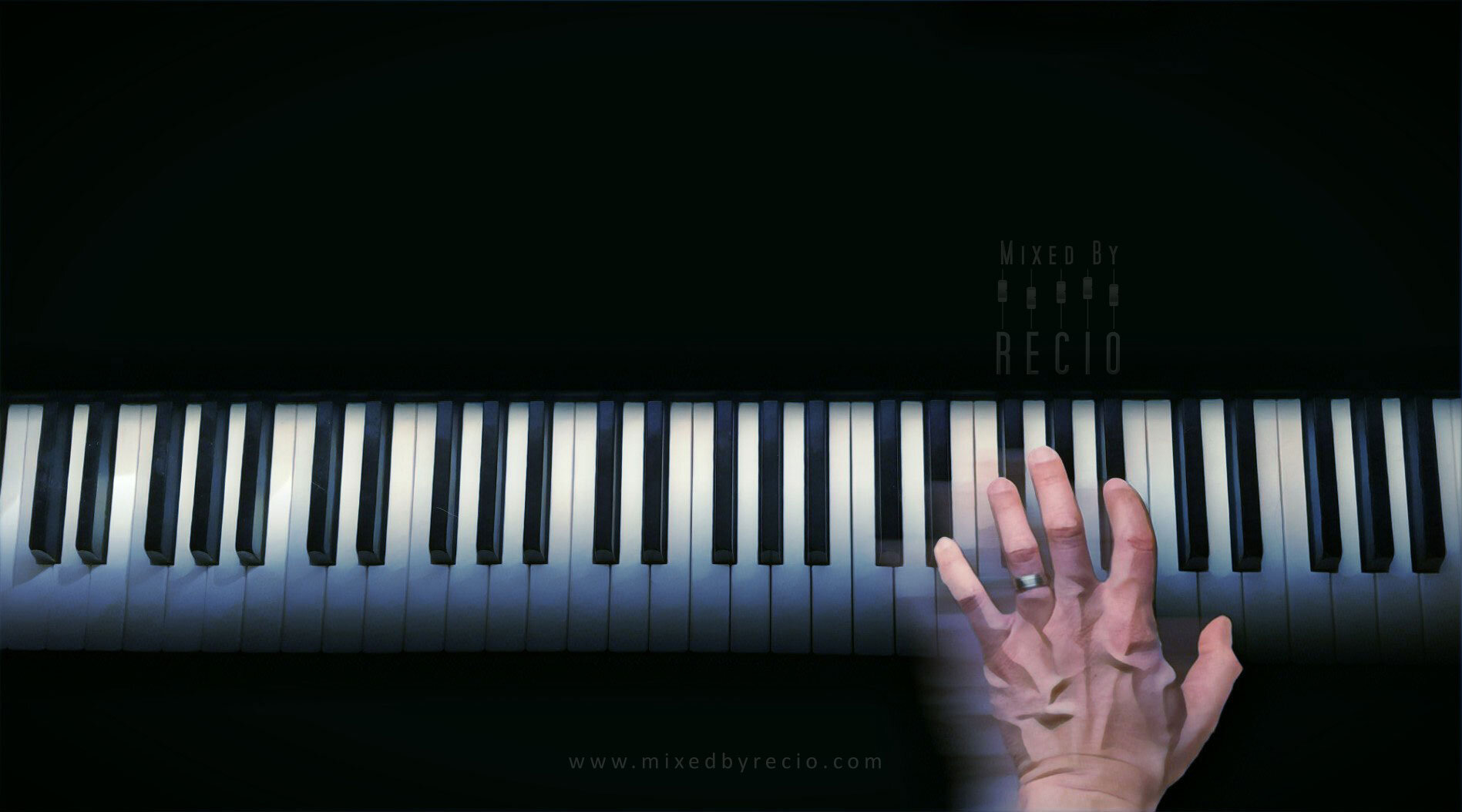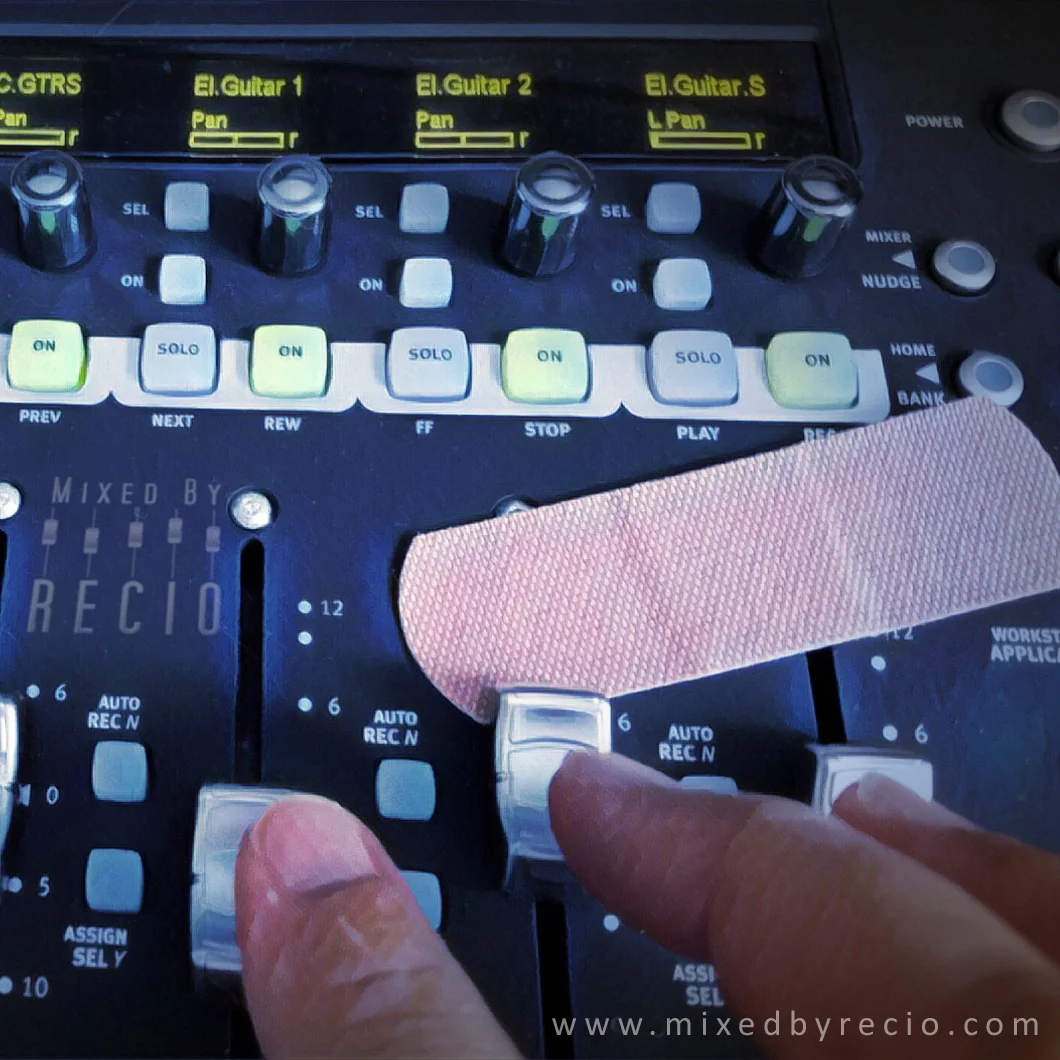
Can you remember attending a live show where the headliner unexpectedly launched into someone else's song during their set? There was likely a brief moment of surprise, quickly followed by recognition, then happiness as you started to sing along with everyone else around you.
It's common for many bands to cover songs by other artists during a live gig. It's a great way to engage the crowd and bring up the energy level because the song is already familiar to everyone. We know it's a good song so—as long as the band brings the energy—the audience loves it and will often be a little more forgiving about the actual performance too.
But recording a cover version of a known song can seem a little more daunting. Unlike a live performance that lives briefly in a unique moment in time, your recording will be around for a while and will hopefully be heard by a much larger audience over a longer span of time.
To be clear, recording a cover song means performing & recording the music and lyrics of a song written, recorded, and already released by someone else. As long as you follow the legal guidelines, this is not only allowed but is quite common.
But people have already heard the "real" version of the song, so why should they be excited to hear your recording instead of the original?
Because it's not the original—it's something different while still familiar. It doesn't have to be better or worse, just distinctive and unique.
Rather than simply attempt to recreate an exact sound-alike recording of the original release, don't miss the opportunity to make the song your own by injecting your personality and distinctive sound into the listening experience.
A good song can stand on its own and be adapted to almost any genre or style. Yes, even yours. So start with a simple lead sheet of the song. This would be just the lyrics, melody, and chords. Use these as your starting point as you try your own ideas with tempo, key, and meter. Think about the instrumentation and different arrangements you might use.
Find that balance between new and familiar. Remember that you're not rewriting the song, just retelling the same story in your own way.
It might help to select a lesser-known song rather than something iconic. As an example, there are plenty of good songs written by Prince other than Purple Rain. Tackling such a classic song so closely tied to one artist might work against you if you can't find some truly compelling way to avoid the inevitable comparisons your audience will make.
You want them to say Wow! not Why?!
Finally, be sure to properly credit the songwriter(s) and follow the legal requirements for covering someone else's song. I am not an entertainment lawyer and only provide the following as general guidance to help get you started. Always consult a knowledgeable source for any legal advice when you have questions or concerns. In the United States, you'll want to get to know the Harry Fox Agency.
A compulsory mechanical license will be involved and this allows you to reproduce and distribute your version of someone else's song. After all, the original song's copyright owner needs to be paid based on your version's play and earnings. You would appreciate this too if someone wanted to cover one of your original songs.
Popular distribution services such as DistroKid, TuneCore, or CD Baby all offer additional services to properly license your cover song and help manage the legalities involved. That said, be sure to fully understand what is and is not covered by each service to avoid any legal hassles later. For example, there may be specific details around digital vs. physical releases and some works may require additional permission from the song's publisher. Putting your cover song on YouTube also requires a synchronization (sync) license.
Cover songs are very common and are released all the time by both unknown and well-established artists. When you follow the legal rules and make the artistic effort to put your own stamp on the song, covers are widely accepted as legitimate additions to your own discography.
Have you released any covers? Are you considering one for your next EP or album? I'd love to hear what you've been working on. Tell me about your music.
If you find anything of value here, please share it via social media and within your music-making circles!
Please Subscribe
get thoughts on music-making & making music thoughtful
we respect your privacy
I’ve launched a new series of Getting Started videos to support anyone who wants to record their music but may not even know where to begin. Start with what you have before investing more time & money; you can scale your efforts as your musical goals change & budget allows.
I've written an interactive eBook to introduce the basic steps you'll need to complete if you really want to finish your new song, record it, and have it released to your audience.Best thing is, IT'S FREE! No gimmicks. It's simply my gift to you for being a music-maker.
I've posted a short video showing how you can quickly get your phone or tablet set up for recording your voice and instruments onto individual tracks that can then be easily shared and downloaded across multiple platforms. Get started making more music, more often!
While many people already know how to save their finished song as a single stereo file to iTunes, fewer may be familiar with the process of properly exporting multi-track files from iOS GarageBand to collaborate with other musicians, producers, and mix engineers.
While workflows will vary from project to project and personal preferences always play a role, there are some items that are simply required. I've separated these from the "nice to have" items but often times it's several small things that will add up to either keep the project moving forward or to rob it of your time, money, and objectivity.
When inspiration strikes, you need to be able to easily capture your ideas with whatever device you have with you. For more and more people, this is becoming an Android phone.



































This video shows how to export individual multitrack files from iOS GarageBand and includes steps for converting MIDI tracks to audio.